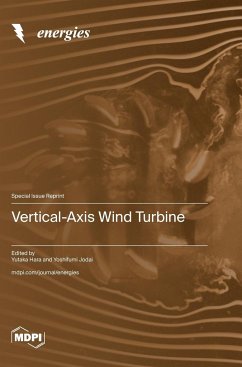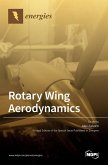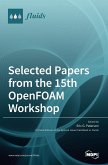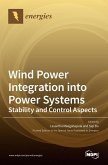Wind power took on a leading role as the primary power source during the expected realization of carbon neutrality. Currently, large horizontal-axis wind turbines (HAWTs) have become mainstream, progressing toward further increasing their size, which is not easy. For floating offshore wind turbines, vertical-axis wind turbines (VAWTs), in which the tilt of the axis of rotation is not an issue, could be superior to HAWTs. There has also been a possibility to increase the output power of small VAWTs via proximity arrangement, which could lead to small VAWT wind farms utilizing land more effectively. Furthermore, owing to the inherent characteristics of VAWTs, i.e., no wind direction dependence resulting in a simple structure, low-cost wind power generation equipment can be developed, regardless of the size and application of the VAWT. As we move toward a carbon-free society, it is important to investigate various possibilities of VAWTs. Therefore, this Special Issue collected original papers on various topics related to VAWTs. The collected papers are classified into four groups, including four papers related to the interaction among rotors in wind turbine clusters, four papers related to the optimization of rotor shape/construction (using machine learning, deflection or end plates, and the gap between the main blade and arm), one paper related to the effects of the rotor axis's inclination on the offshore floating VAWT performance, and one paper related to the life cycle assessment. Our aim is for this Special Issue to contribute to the practical application of vertical-axis wind turbines.








